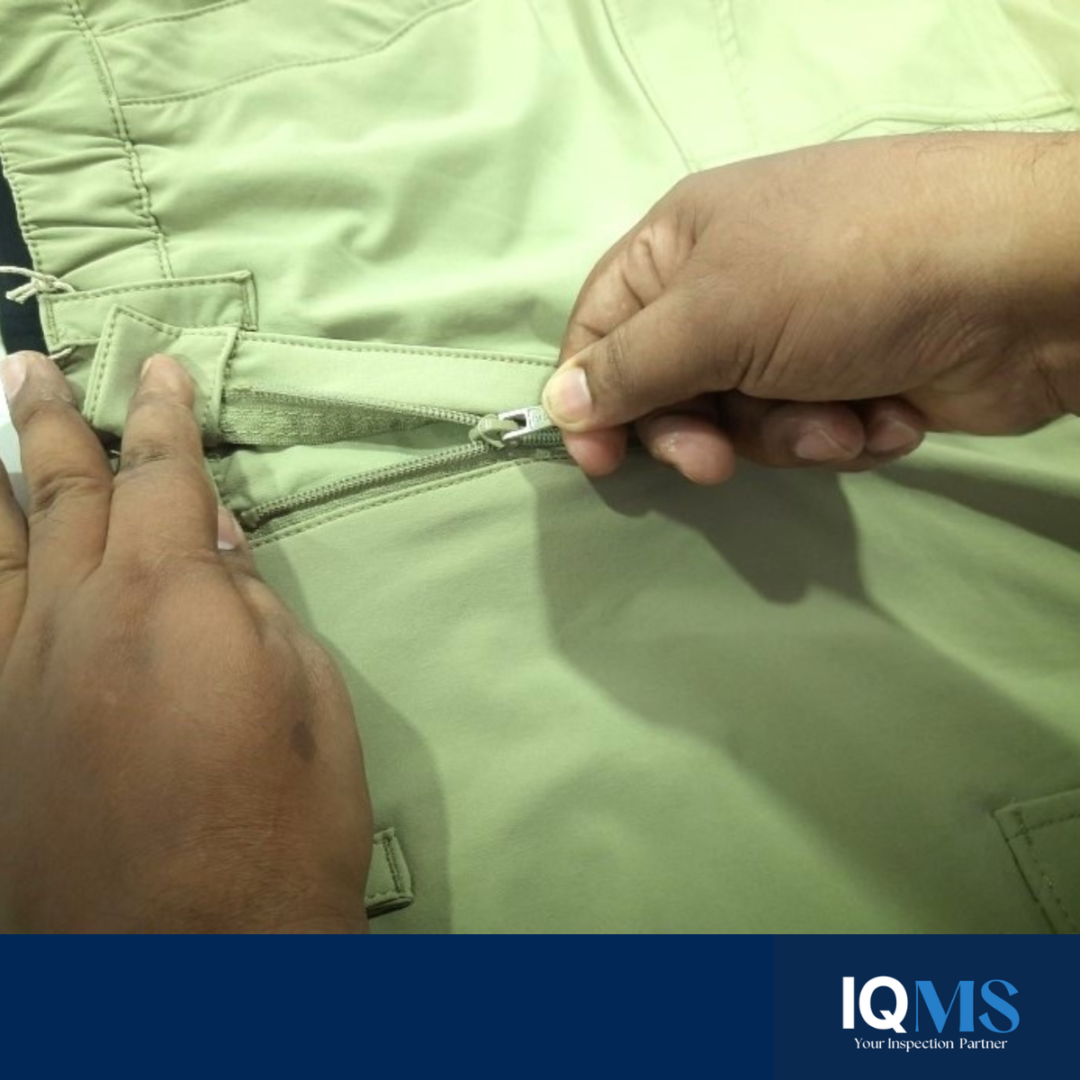In today’s global market, ensuring the quality of products is paramount to maintaining customer satisfaction and upholding your brand’s reputation. When it comes to products like gloves, which have a direct impact on safety and comfort, conducting rigorous quality control inspections is of utmost importance. Third-party inspections serve as a reliable method to assess the quality of gloves objectively and impartially. In this article, we delve into the essential steps for conducting quality control inspections for gloves through third-party inspection services.
Understanding the Importance of Third-Party Inspections
Third-party inspections provide an unbiased evaluation of products, free from any conflicts of interest. For gloves, which come in various categories catering to different industries and purposes, third-party inspections ensure that the gloves meet industry standards, regulatory requirements, and your specific quality criteria.
Step 1: Preparing for the Inspection
1. Define Inspection Requirements: Determine the specific requirements for the gloves based on factors such as material, design, size, intended use, and applicable standards.
2. Select an Experienced Third Party: Choose a reputable third-party inspection agency with experience in glove inspections. Look for agencies with a track record of expertise in the field.
Step 2: Creating a Comprehensive Checklist
1. Category-Specific Criteria: Since gloves encompass various categories such as medical gloves, industrial gloves, and more, tailor the inspection checklist to the specific category of gloves being assessed.
2. Material and Workmanship: Include criteria related to the material quality, stitching, seams, and overall workmanship of the gloves.
3. Size and Fit: Ensure that the gloves are consistent in size, fit well, and provide the necessary dexterity.
4. Performance Testing: Depending on the type of gloves, consider adding performance tests such as puncture resistance, tear strength, and barrier effectiveness.
Step 3: Conducting the Inspection
1. Sample Selection: Choose a representative sample size from the lot for inspection. The sample size should be statistically significant to accurately assess the entire batch.
2. Visual Inspection: Examine each glove for defects, irregularities, and inconsistencies in line with the checklist.
3. Measurement and Testing: Use calibrated equipment to measure dimensions, thickness, and perform relevant tests based on the category and criteria.
4. Documentation: Document any defects, deviations, or failures encountered during the inspection, providing clear descriptions and photographic evidence.
Step 4: Reporting and Decision Making
1. Comprehensive Report: The third-party inspection agency will provide a detailed report outlining the inspection results, highlighting conformities and non-conformities.
2. Disposition: Based on the inspection report, you can decide whether the gloves meet the required quality standards. Non-conforming gloves should be addressed through corrective actions or rejected.
Step 5: Continuous Improvement
1. Root Cause Analysis: If non-conformities are identified, perform a root cause analysis to determine the underlying issues and take corrective actions.
2. Supplier Collaboration: Share the inspection findings with the supplier to improve future production and prevent recurring defects.
Conclusion:
Quality control inspections through third-party agencies ensure that gloves conform to industry standards and meet the expectations of end-users. By following a systematic approach—from checklist preparation to conducting inspections and post-inspection actions—you can safeguard product quality, mitigate risks, and maintain customer trust. Collaborating with experienced third-party inspection services sets the stage for consistent quality and enables your brand to excel in the competitive glove market.



